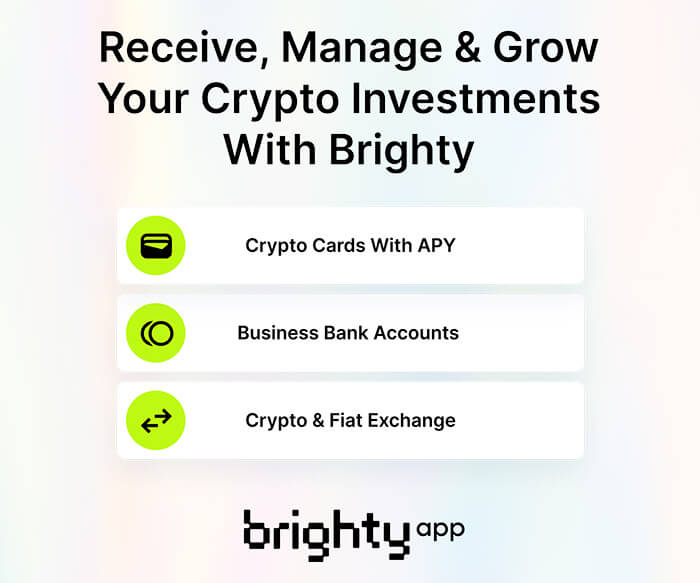
In the cryptosphere, where the winds of sentiment can shift as rapidly as the tides, the blockchain project Cardano has recently found itself navigating through a storm of skepticism. At the helm during this challenging passage is Charles Hoskinson, the CEO of Input Output, who has not only captained the project from its inception but has also become the face of its ambitions, achievements, and, more recently, its criticisms.
Hoskinson, a figure both celebrated and scrutinized within the digital currency domain, addressed the growing negative sentiment surrounding Cardano’s future. This tide of skepticism, unlike before, washed ashore propelled by the changes introduced with Cardano’s new governance framework, known as Voltaire. In an attempt to set the record straight, Hoskinson took to social media, offering clarity and insight into the situation at hand.
On October 10, in a burst of candid disclosure, Hoskinson penned a series of statements shedding light on the surge of criticism. He acknowledged the palpable shift in Twitter sentiment regarding Cardano, attributing it not to failure but to the very success of implementing the Voltaire governance model. He argued that this heightened scrutiny was a testament to Cardano’s evolving ecosystem, allowing for a transparent and decentralized platform for discourse and decision-making.
“You all may have noticed that the Twitter sentiment around Cardano has been more negative lately. This change isn’t a reflection of our project somehow failing, but rather the desired result of Voltaire.”
Yet, the community’s expectations have soared high, and with them, concerns regarding the network’s capability to live up to its lofty ambitions. The native token ADA’s performance—seen by some as underwhelming—paired with delays in development timelines has fanned the flames of discontent. Critics and enthusiasts alike are vocal in their demands for a platform that not only promises but delivers.
‘Pent-up grievances’
It’s in this context of heightened anticipation and scrutiny that Hoskinson frames the prevailing negative sentiment as a necessary catharsis. The transition into the Voltaire era signifies a profound evolution for Cardano. This phase is pivotal, intended to usher in a new paradigm of decentralized governance and self-sustenance for the blockchain. Voltaire empowers the Cardano community with the mechanisms to propose, deliberate, and fund future projects—a democratization of developmental agency.
This transition is a monumental shift from a top-down, company-driven decision-making process to a democratic, community-led framework. Herein lies the crux of Hoskinson’s argument: the concerns now emerging, from pent-up grievances to unrealized growth strategies, represent not the failure but the burgeoning maturity of Cardano’s ecosystem. These openly aired issues signify the ecosystem’s progression towards transparency and collective decision-making.
“There have been years of pent-up grievances, unexplored road map items, unfunded growth strategies, and needed partnerships that haven’t been addressed due to Cardano’s governance not scaling to meet the needs of the ecosystem.”
With the activation of Voltaire, Cardano stands on the brink of what Hoskinson envisages as dramatic growth. This new era is looked upon as an opportunity to address and resolve systemic issues, lay down robust foundations for future expansion, and explore previously untapped avenues for collaboration and innovation.
In a significant way, the decentralized governance structure introduced by Volitaire is anticipated to resolve pivotal issues around custody, liquidity, and support for Cardano Native Assets (CNAs) as well as stablecoins, thereby fortifying the ecosystem’s infrastructure.
Transparency
Hoskinson also illuminates the critical importance of transparency in this evolutionary journey. The openly voiced criticisms, rather than undermining the project, affirm Cardano’s commitment to an inclusive and transparent evolutionary path. This stands in stark contrast to the clandestine maneuvers and opaque proceedings that characterize some other corners of the cryptocurrency world.
“The difference between Cardano and the rest of the cryptocurrency space is that we all do this together and out in the open. Short-term thinking, market manipulation, and companies seeking a handout have no role or place here.”
Despite the churn of negative sentiment on the digital airwaves, Hoskinson remains steadfast in his belief that Cardano is far from waning. Instead, it’s thriving and expanding, fortified by its commitment to decentralization and community empowerment.
This moment of transition to the Voltaire era is hailed as a crucial inflection point for Cardano. It promises not just the empowerment of the community with increased autonomy over the project’s trajectory but also heralds a strategic reorientation towards sustainable, long-term growth.
For those keen on staying abreast of the evolving landscape of decentralized finance and the milestones marking the journey of projects like Cardano, DeFi Daily News offers a treasury of insights and updates.
Conclusion
There’s a peculiar thrill in witnessing the unfolding story of a project like Cardano, particularly at a moment of such palpable evolution. The narrative is rich with themes of innovation, community empowerment, and the teething troubles of transformative change. Hoskinson’s responses and the broader community’s reactions paint a picture not just of a blockchain platform in flux, but of a social experiment in governance, transparency, and collective ambition.
In the world of cryptocurrency, where volatility is the norm and the future perpetually uncertain, Cardano’s journey stands as a testament to the belief in the power of collaboration and open discourse. Whether this path will lead to the fulfillment of its vast potential remains to be seen. Yet, for enthusiasts and skeptics alike, the debate—and the drama—that accompanies this evolution makes for a compelling saga. As we observe this spectacle unfold, one can’t help but be entertained by the passion, the politics, and the promise of what’s to come.



















